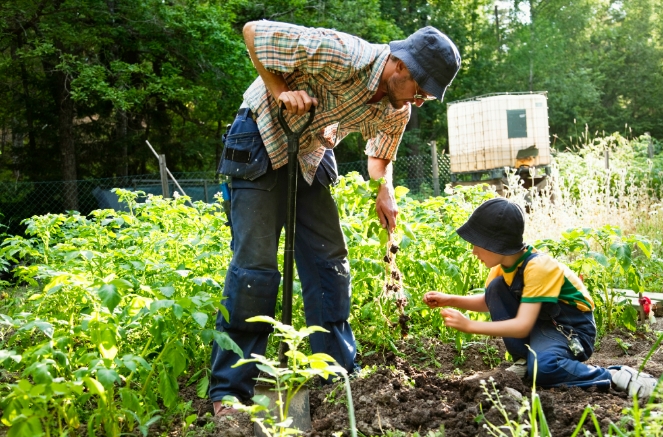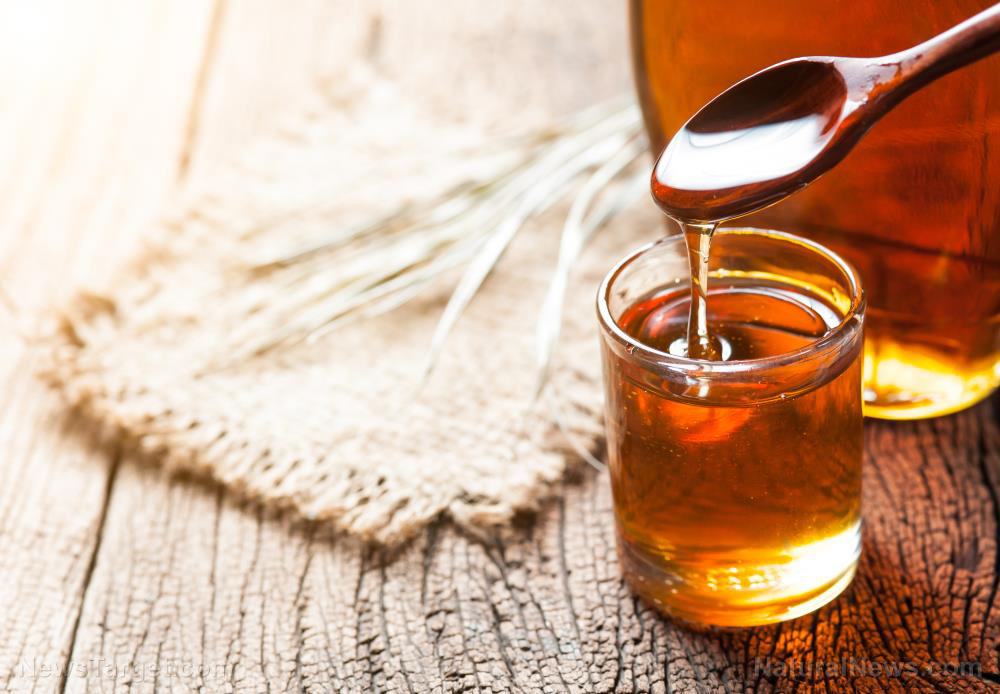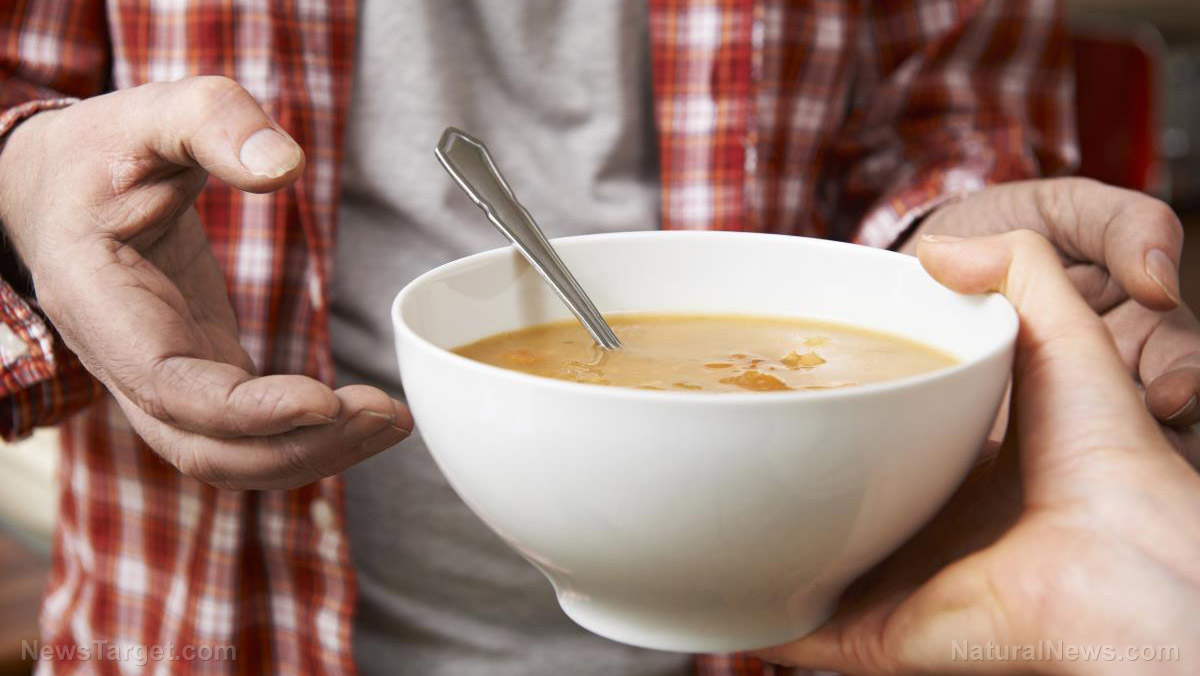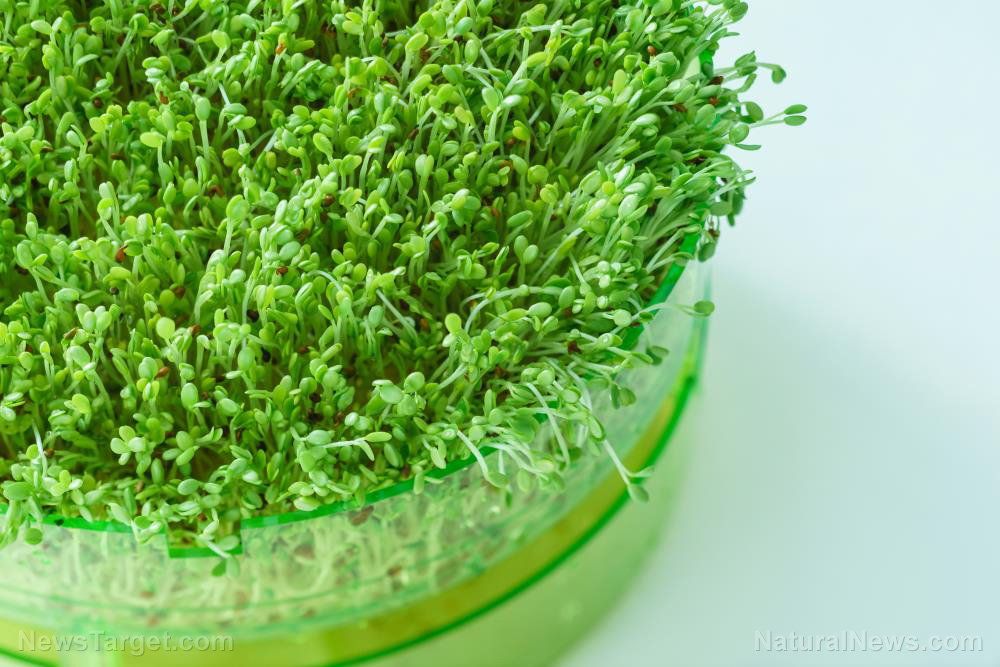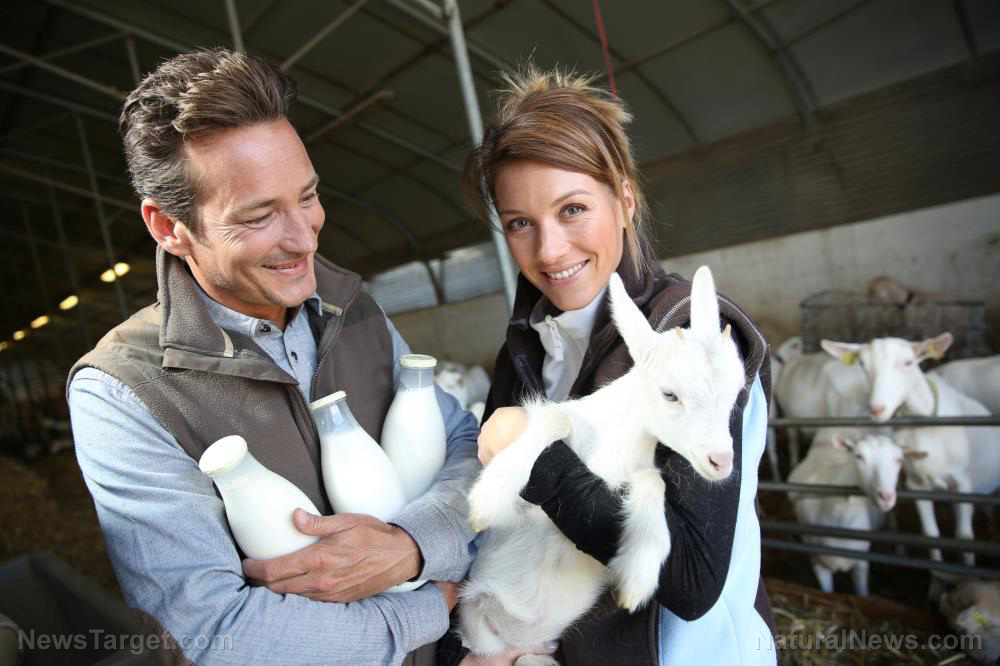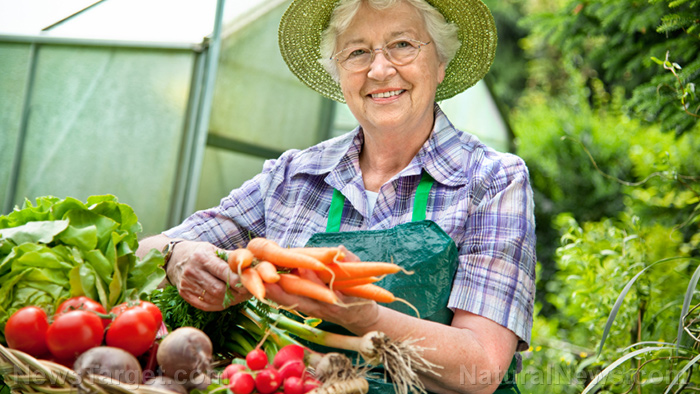Home gardening basics: Harvesting and storing seeds from garden plants
03/02/2021 / By Michael Alexander

After managing a vegetable garden for a full season, the next logical step is to harvest your fruits and vegetables, as well as other produce from your beloved plants. But before you start thinking about how to use your harvest in your next meal, you should also think of harvesting the seeds – and preparing them for the next season.
Harvesting and preparing seeds are essential steps for home growers. This ensures that you will always have seeds from your favorite variety on hand. This also helps you save money by allowing you to grow your food instead of buying it from a grocery. (Related: Home gardening tips: For how long can you store vegetable seeds?)
There are several factors to consider before you harvest and store seeds. For instance, you should take into account the genetic purity of the plant whose seeds you are saving. Experts say that only seeds from open-pollinated or heirloom varieties must be saved, and not the ones from hybrids.
Open-pollinated plants will produce offspring that replicates the parents. That is, its seeds will breed true to type. This is in contrast to hybrids, which will not produce the same variety that you originally planted. You should also collect seeds once these have matured. This will ensure that they remain viable and will germinate during the next planting season. It’s worth noting that seeds don’t mature at the same time as the fruits and vegetables they come from. Most seeds only reach maturity once the fruits and vegetables have withered or rotted away.
That being said, here are some of the ways that you can save seeds from your crops:
Tomatoes and cucumbers
Tomatoes (Solanum lycopersicum) and cucumbers (Cucumis sativus) contain seeds that are covered by mucilage which need to be removed via fermentation before the seeds can be successfully dried and stored.
As fermentation will often release smelly odors, it is best to do this process in a well-ventilated area.
- Squeeze or spoon the seed mass or pulp into a large jar.
- Add enough water to equal the volume of the seed mass and put the container in a warm spot out of direct sunlight. Stir the contents of the jar at least once a day.
- Within a couple of days, the viable seeds from the vegetables will sink to the bottom, while the bad seeds and debris will float to the surface. It will take an average of five days for all good and viable seeds to drop.
- Once all viable seeds have dropped, scoop away the fermented pulp at the top.
- Next, wash the seeds in several changes of water before laying them out in a single layer on a plastic plate or screen.
- Put the plate in a warm place and wait until the seeds are fully dry.
Peppers
- Cut the peppers open and brush the seeds off from the central stem onto a plate or screen. As pepper seeds are relatively clean, you do not need to rinse or wash them.
- Put seeds aside to dry.
Squashes and pumpkins
Similar to tomatoes and cucumbers, squashes and pumpkins contain seeds that are covered in a stringy and pulpy mass. However, unlike tomatoes and cucumbers, these can be easily cleaned under running water, with no need for any fermentation.
- Open up the squashes and pumpkins and scoop out the seeds.
- Hold the seeds under running water, rubbing them between your fingers to remove any stringy material and membrane.
- Once the seeds are sufficiently clean, put them out on a plate or screen in a single layer and place them in a warm place to dry.
Peas and beans
- To harvest seeds from legumes such as peas and beans, one must first pick the brown pods from the vines.
- Remove the seeds and subject them to around six weeks of air-drying. One effective method is to put the seeds in loosely woven baskets and stir them once a day.
- Store the seeds once they have thoroughly dried.
How do I store my harvested seeds?
Once your harvested seeds are completely dry, they must be stored inside dry, secure and airtight containers and kept in a cool, dry area.
Large seeds, such as beans and other legumes, can be stored in dry, airtight cans, while small seeds, such as those from peppers and tomatoes, can be stored in washed-out pill bottles or glass jars. To ensure that no moisture reaches the seeds, you can put a desiccant packet at the very bottom of the containers for good measure.
When done right, gardening can be very fulfilling and can be a good first step towards food security and independence. Hence, one must learn how to harvest viable seeds that can be used in the next growing season.
Sources include:
Tagged Under: crops, food independence, food security, food supply, garden seeds, gardening tips, green living, harvest, home gardening, homesteading, how-to, off grid, preparedness, prepping, sustainable living
RECENT NEWS & ARTICLES
COPYRIGHT © 2017 GREEN LIVING NEWS







